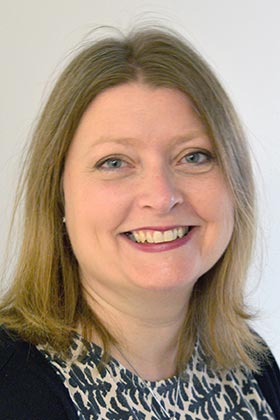
The additional positions will be a mix of registered nurses, registered midwives, enrolled nurses and health-care assistants, and is the result of FTE calculations in 15 inpatient areas.
“This is a major milestone to result from the CCDM programme at CCDHB,” said programme manager Emma Williams. “We’ve built a robust and sustainable programme. All of the FTEs have been approved and we are currently recruiting as part of a staged implementation through to March next year.
“There are some great career opportunities for nurses and midwives, particularly for new graduates. CCDHB is also seeing some applications from New Zealand-trained nurses returning from overseas. Recruitment is well underway with 20.5 FTE already appointed.”
A further five FTE calculations have been undertaken and will be included in the 2021/22 budget, Williams said. This includes staffing for two mental health, addictions and intellectual disability service (MHAIDS) wards. “Following implementation of TrendCare into the remaining nine MHAIDS units, their FTE calculation process can be progressed,” she said. “Seven general wards are also being supported to achieve the required TrendCare accuracy and compliance, and will be assessed again next month.”
Williams said the staff increases signal the move to acuity-based staffing for CCDHB. The FTE will be in addition to the Ministry of Health and DHB hotspot FTE allocation that has been appointed to over the last 18 months in response to the data.
“The key has been an active partnership between the organisation, safe staffing unit and unions. Good relationships, trust and respect, with a clear focus on patient and staff safety, have been crucial. Accurate data collection from TrendCare and the core data have helped identify model of care changes and the roster model needed. The CCDM programme has kept up its momentum and proved it is a robust and sustainable process,” she said.
Support for other DHBs
Meanwhile, NZNO is continuing its efforts to help DHBs comply with their obligation to fully implement CCDM by June next year. The healthy workplaces agreement monitoring group met last month to discuss goals and the approach for achieving this. Draft terms of reference have now been circulated.

